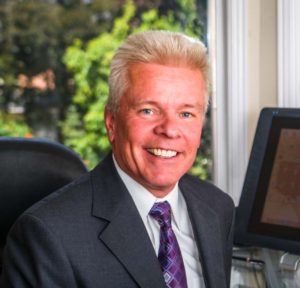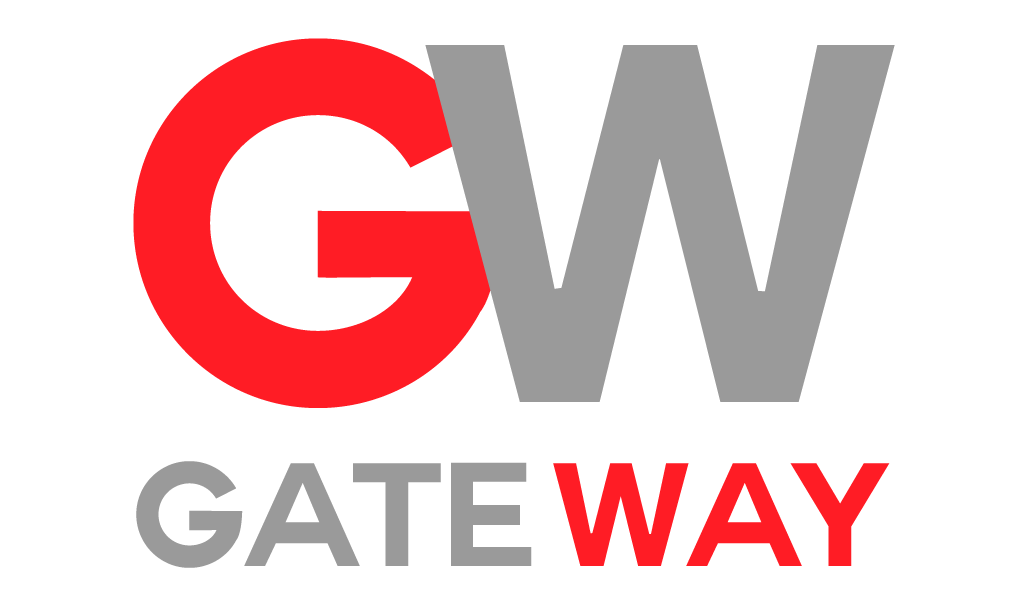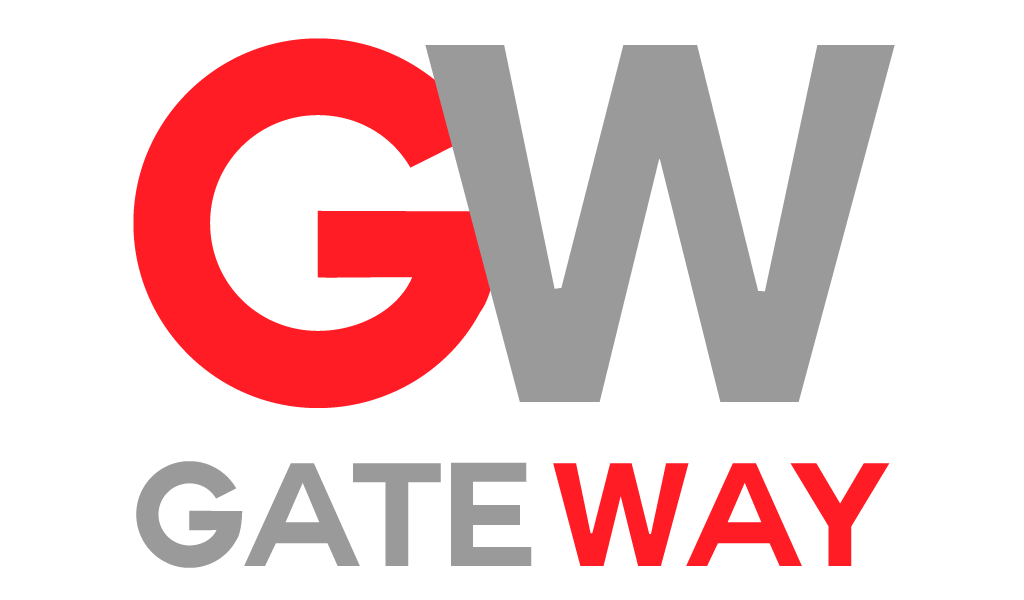
A follow-up to “The early bird loses the worm? Rethinking punctuality in professional settings”
In our previous discussion about the candidate who was disqualified for arriving 25 minutes early to an interview, we explored the complex dynamics of interview timing from the job seeker’s perspective. The viral LinkedIn post sparked important conversations about the unwritten rules of professional interactions and the often contradictory expectations candidates face.
Today, we’re turning the table to examine the same scenario from the hiring manager’s perspective. After all, every interview has two sides—and creating exceptional talent matches requires understanding both. As hiring managers, what responsibilities do we have in creating interview environments that accurately identify the best candidates? And what might the “too early” candidate story reveal about our own blind spots in the hiring process?
The Ripple Effects of Your Interview Protocol
When our first article on this topic was published, an unexpected thing happened: hiring managers began sharing their own stories. Many admitted to making similar snap judgments based on factors unrelated to job performance. Others described how they’d missed out on exceptional talent due to arbitrary standards they later recognized as flawed.
Michael Harrington, VP of Engineering at a mid-sized tech firm, shared: “After reading about the ’25-minute early’ incident, I reflected on a similar experience where I dismissed a candidate who sent a thank-you email too quickly after our interview. I interpreted it as desperation rather than efficiency. Six months later, I discovered she’d joined our competitor and developed an innovative solution we’d been struggling with for years. That was a $2 million lesson in reconsidering arbitrary judgments.”
This anecdote highlights a critical truth: your interview protocol doesn’t just determine who you hire—it shapes the talent landscape of your entire organization. The candidates you disqualify don’t disappear; they often become your competitors’ greatest assets.
Connecting the Dots: Candidate Experience and Organizational Success
In our previous article, we discussed the “punctuality paradox” from the candidate’s perspective—the impossible balancing act of arriving early enough to demonstrate enthusiasm but not so early as to appear disruptive. Now, let’s examine this paradox from the organizational side.
When candidates face unclear expectations, your organization encounters several hidden costs:
- Talent mismatch: When peripheral factors like arrival time influence decisions more than qualifications, you’re likely to hire based on etiquette conformity rather than job capabilities
- Employer brand damage: Stories like the “25-minute early” incident spread quickly on professional networks, potentially deterring future candidates
- Diversity impact: Unstated cultural expectations disproportionately disadvantage candidates from different cultural backgrounds, socioeconomic circumstances, or neurodivergent candidates
Rebecca Washington, Chief People Officer at Global Innovations Inc., notes:
“The viral story about penalizing early arrival resonated with me because it exemplifies how organizations create unnecessary barriers. We recently analyzed our own hiring data and discovered that our ‘cultural fit’ assessments had been filtering out neurodiverse candidates who later proved exceptional at technical roles. Now we explicitly communicate expectations instead of assuming everyone shares the same unwritten rulebook.”
From gatekeeping to talent enablement: A paradigm shift
The original viral story positioned the interviewer as a gatekeeper—someone whose job was primarily to identify reasons to reject candidates. This gatekeeping approach treats the hiring process as a series of elimination rounds rather than an opportunity to identify and nurture talent.
Progressive organizations are shifting toward a talent enablement paradigm, where the interview process is designed to help candidates demonstrate their best capabilities.

This shift requires rethinking fundamental aspects of your interview protocol:
- Gatekeeping Approach
- Talent Enablement Approach
- Looking for reasons to disqualify
- Looking for evidence of capability
- Testing adherence to unspoken rules
- Clearly communicating expectations
- Treating interviews as one-way evaluations
- Recognizing the mutual selection process
- Prioritizing cultural conformity
- Valuing diverse perspectives
- Making snap judgments
Implementing structured evaluation
The most successful companies today are those that create transparent interview experiences designed to identify capabilities rather than conformity.
Creating clear communication: Lessons from the “too early” incident
In our previous blog, we suggested candidates aim to arrive 5-10 minutes before scheduled interviews. As hiring managers, you can support this standard by implementing clear communication practices:
- Be explicit about timing expectations: Include specific guidance in your interview confirmation emails, such as “Please plan to arrive 5-10 minutes before your scheduled time. If you arrive earlier, we recommend waiting in the nearby café until closer to your appointment.”
- Establish reception protocols: Train front desk staff with specific language: “Thank you for arriving early. Your interview with [name] is scheduled for [time]. We’ll let them know you’ve arrived at that time. In the meantime, please make yourself comfortable in our waiting area.”
- Create candidate guides: Develop digital guides with building access information, parking details, typical check-in times, and other logistical considerations to help candidates navigate unfamiliar environments.
- Consider the complete journey: Map the entire candidate experience from the moment they enter your building to when they leave, identifying potential stress points and addressing them proactively.
These communication practices don’t just prevent misunderstandings—they demonstrate your organization’s commitment to transparency and mutual respect.
Beyond Timing: Comprehensive Interview Etiquette for Hiring Managers
In reflecting on the “25-minute early” incident, we see that timing is just one aspect of a larger interview etiquette framework. Here are additional practices that demonstrate professionalism while enhancing your ability to identify top talent:
Before the Interview:
Provide comprehensive information: Send detailed confirmation including interview format, expected duration, participants’ names and roles, and any preparation materials
Respect candidate privacy: Schedule interviews in ways that don’t require candidates to explain absences to current employers
Review materials thoroughly: Familiarize yourself with the candidate’s resume and application before the interview begins
Prepare relevant questions: Develop questions that specifically address the skills and experiences needed for the role
During the Interview:
Start on time: Demonstrate that you value the candidate’s time as much as your own
Minimize interruptions: Put your phone on silent and inform colleagues you’re unavailable
Maintain focus: Avoid checking emails or allowing other distractions
Practice active listening: Show engagement through body language and follow-up questions
Allocate time for questions: Reserve adequate time for candidates to ask their own questions
After the Interview:
Provide clear next steps: Outline the remainder of the process and expected timeline
Follow through on commitments: If you promise to respond by a certain date, honor that commitment
Offer constructive feedback: When possible, provide specific feedback to unsuccessful candidates
Seek process improvement: Regularly gather candidate feedback about your interview process

“The most telling aspect of organizational culture is how companies treat people they don’t hire,” observes Dr. Aisha Johnson, author of Ethical Recruitment in the Digital Age. “Companies that provide clear communication, respect candidates’ time, and offer constructive feedback build stronger talent networks even among those they don’t employ.”
The Hidden Opportunity in the “Too Early” Scenario
Revisiting the viral story that sparked our discussion, let’s consider an alternative interpretation of the candidate who arrived 25 minutes early. Rather than viewing this as a protocol violation, what might it reveal about the candidate?
Excessive preparation: They researched the location and allowed substantial buffer time
Risk mitigation: They prioritized avoiding lateness over other considerations
Conscientiousness: They took the interview seriously enough to ensure punctuality
Enthusiasm: They were eager for the opportunity
These qualities—preparation, risk awareness, conscientiousness, and enthusiasm—are precisely what many organizations seek in employees. By disqualifying this candidate for being “too early,” the interviewer potentially missed these underlying positive attributes.
Emily Chang, recruitment director at a multinational corporation, shares: “We once had a candidate arrive 40 minutes early because she’d taken three buses to ensure she wouldn’t be late. Rather than penalizing her, we saw it as a demonstration of her commitment. She’s now one of our most reliable team leaders, known for always having contingency plans.”
Creating Consistency: Developing Your Interview Playbook
To avoid the inconsistency that leads to situations like the viral “too early” story, forward-thinking organizations are developing comprehensive interview playbooks that standardize expectations while allowing for personalization:
Document your process: Create written guidelines for each stage of the interview process
Train all interviewers: Ensure consistent standards across different hiring managers
Implement structured evaluation: Use standardized criteria to assess candidates
Review regularly: Periodically assess outcomes to identify potential biases or inefficiencies
Gather candidate feedback: Systematically collect input about your interview experience
“When we implemented our interview playbook, we discovered three different hiring managers had three entirely different expectations about candidate arrival times,” reveals Thomas Wilson, Director of Talent Acquisition at a healthcare organization. “Standardizing this simple element increased our offer acceptance rates by 12% and significantly improved candidate satisfaction scores.”
Conclusion: From Viral Story to Organizational Learning
The viral story about the “too early” candidate provided a valuable opportunity to examine both sides of the interview experience.
As we’ve seen in our two-part exploration, the seemingly simple question of when to arrive for an interview reveals complex dynamics of communication, expectations, and evaluation.
For hiring managers, the key lesson isn’t about establishing the “correct” arrival time—it’s about creating transparent processes that accurately identify the best talent for your organization. By shifting from implicit expectations to explicit communication, from snap judgments to structured evaluation, and from gatekeeping to talent enablement, you transform your interview process into a competitive advantage.
The most successful organizations recognize that exceptional hiring isn’t about finding candidates who perfectly navigate unwritten rules—it’s about creating environments where candidates can authentically demonstrate their capabilities. In doing so, you don’t just avoid viral stories about questionable hiring practices; you build stronger teams capable of driving your organization forward.
After all, in today’s competitive talent market, the question isn’t just whether candidates are good enough for your organization—it’s whether your interview process is good enough to identify and attract the exceptional talent your organization needs to thrive.

Gareth Callaway
President, Gateway Staffing

